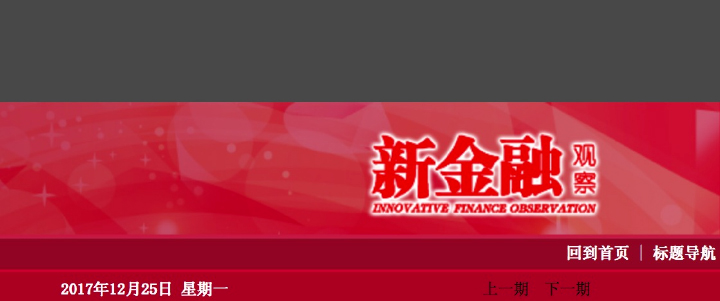
Monday, December 25, 2017
In order to promote the healthy development of multi-level capital markets, the Tianjin Financial Assets Exchange Center, with its government and social capital co-operative asset trading and management platform (Tianjin PPP Platform), teamed up with the U.S. Asia Pacific Group to hold the “Government and Social Capital Cooperation (PPP)” in Binhai New Area recently.
The Forum invited Arthur Lipper, an expert on financial product innovation and international investment, former adviser to U.S. stock and futures exchanges, and the inventor of revenue royalties, to speak. He says revenue royalties provides a high-return, revenue-sharing replacement for debt or equity, priced and traded based on the expected revenues of the investee and its projects over the life of the contract. Investors receive a specified percentage of the total revenues as the return, without affecting the equity structure of the enterprise.
The system relieves the pressure of dilution and debt borrowing, so as to overcome the limitations of traditional equity and debt financing. This technology may propel China’s infrastructure projects to a new stage, without generating added corporate and government debt.
PPP is an optimized project financing model, which promotes sustained economic growth and a national strategy for the implementation of supply-side reforms in the field of public services. It is applicable to infrastructure and public service projects, where the government assumes the responsibility of providing market-oriented operations. Royalty rights applied to the PPP model are an innovative, beneficial and diversified financing method for opening up new ideas and inspiration for PPP project financing.
At the same time, a press conference was held to unveil the founding of the Commission on the Cooperation between the Chinese Government and the Social Capital Royalties Fund, and the Research Center on Royalties for the Cooperation between Chinese Government and Social Capital.
http://epaper.tianjinwe.com/xjrgcb/xjrgcb/2017-12/25/content_7638989.htm




